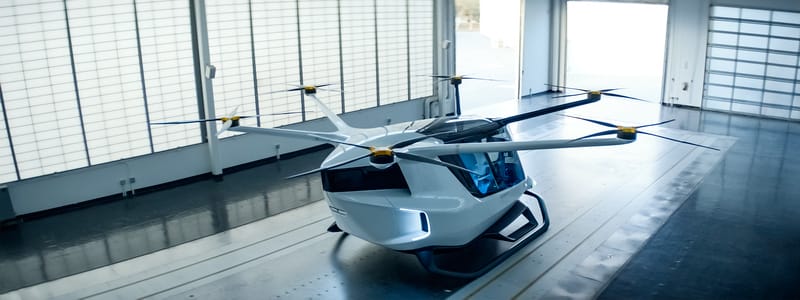For the longest time airplanes have been the only way to fly but now an American air taxi startup Alaka’i Technologies is looking to change that its latest aircraft, the world’s first hydrogen-fuel-cell-powered aircraft, Skai (pronounced ‘Sky’).
Powered by six electric motors, the Skai is able to seat up to five passengers and has a range of 643km or the equivalent flight time of up to 4 hours. It was co-designed by Designworks, the design innovation studio for the BMW Group. Alaka’i Technologies sees the Skai as an alternative for people who need to go travel long distances normally by plane or helicopter.
Apart from that, Skai may also serve as a solution to relieving traffic congestions and even delivering supplies during natural disasters.
(Related: Virgin Galactic’s Space Terminal Makes Space Travel Dreams Come True)
While flying has shortened travel for humans it has a serious impact on the environment with an estimated 860 million metric tons of Carbon Dioxide (CO 2) released every year. This is one of the main driving points that the Skai aims to address as the sleek designed electric vertical takeoff and landing (eVTOL) aircraft that runs entirely on hydrogen fuel cells thus producing zero-emissions.
Skai’s hydrogen fuel cells are said to offer the advantage of being 95% reusable and the remaining (99%) recyclable. It is environmentally clean emission comprised solely of heat and water. This is a stark alternative to traditional fuel and battery sources. Hydrogen fuel cells allow Skai to travel further distances and carry a greater payload.
(Related: Chef Julien Royer Tells How He Made Fine Dining Possible At 30,000 Feet Up In The Sky)
But despite the great emphasis on its eco-friendly approach to flying the Skai is said to offer a smooth and comfortable ride with its rotors are spread outwardly to minimise noise and vibration in the cabin.
The Skai is meant to be flown by a pilot but it will eventually there are plans to allow it to be flown autonomously and remotely. While Alaka’i Technologies has initiated their test program and plans to conduct test flights near its headquarters in Massachusetts, it will be years before we can expect autonomous aircraft to take to the skies.
(Related: Seabourn Offers Private Jet Service That Flies Guests Directly To Their Cruise Ship)



